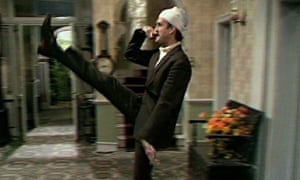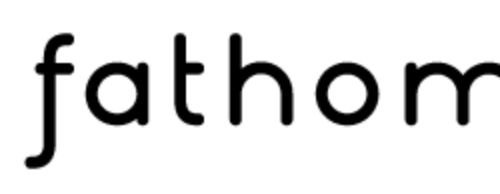The Official Google Blog today highlights Yom Hashoah, Israel’s Holocaust Martyrs’ and Heroes’ Remembrance Day, when people around the world pause to remember the victims who perished in the Holocaust.
This year for the first time Yad Vashem, the Jerusalem-based centre for remembering the Holocaust’s victims and survivors, has brought its collections online and asked the public to input comments and personal stories.
Since the collection launched in January, visitors from around the world have searched the enhanced archive and hundreds of people have contributed more than 5,000 comments, including many pieces of information that were unrecorded prior to the archive going online. The contributions range from personal stories to additions and corrections to discussions about the images.
It highlights how personal comment can bring a photograph to life in a whole new way such as the person who added the following information to a photograph labelled “The bridge that connected the large and small ghetto”:
This picture was taken on Chlodna street. the building in the background still stands to this day (2011); the shot was probably taken from the door of the building at Chlodna 26 or Chlodna 24, where my great grandparents, Hena Skowronek and Józef Blat lived in 1939. They died in the ghetto.
Another person added a story about a man who otherwise may have gone unnoticed in this photograph of “An orchestra escorting prisoners destined for execution.”
The man who stays on the trolley is Hans Bonarewitz, camp number 3138. In June 1942 he successfully escaped from the camp, hidden in a crate and loaded by a fellow prisoner onto a truck which leaves the camp. Sadly he was captured ~18 days later and brought back to the KL. There he was exposed to others 7 days in his crate on the place for roll call and hanged on July 30th, 1942.




